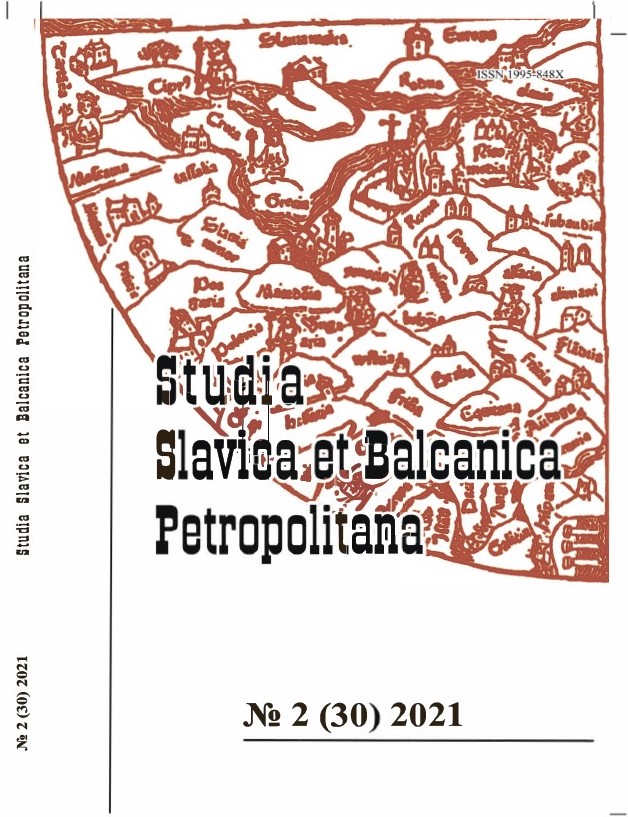Organizational transformations of the Crown Army during the war of the Vistula mouth, 1626–1629
Organizational transformations of the Crown Army during the war of the Vistula mouth, 1626–1629
Author(s): Przemysław GawronSubject(s): History, Local History / Microhistory, Military history, 17th Century
Published by: Издательство Исторического факультета СПбГУ
Keywords: War for the Vistula mouth; Crown army; Swedish army; Sigismund III; Gustav II Adolf; military reforms;
Summary/Abstract: The article explores the organizational transformations of the Crown army during the war with Sweden in the years 1626–1629. On the basis of fiscal sources, correspondence, and war accounts, the author established that the number of Sigismund III’s troops increased. In 1629 they were more numerous in Prussia than the combined armies in Prussia and in Ukraine three years earlier. Positional warfare with the Swedes, who had a considerable number of well-trained infantry and perfect artillery, required a change in the structure of the army, over half of which during hostilities consisted of dragoons and infantry formations, especially those of the foreign contingent. Over the course of the war, free companies (freikompanie), which made up a core of the infantry at the beginning of the war, were mostly replaced by large regiments of over three thousand pay rates. Also, successful attempts were made to create infantry units trained and armed in the German manner, commanded by foreigners, but recruited among Sigismund III’s subjects, and the ranks of Polish-Hungarian infantry were reinforced. In the ranks of cavalry, reiters were of more importance than in Ukraine. They grew into a third force in the Polish cavalry, after Polish hussars and Cossacks. Considerably smaller changes occurred for artillery, which despite significant expenses was still inferior to that of the Swedish artillery. Sigismund III’s troops also struggled with the deficiency of experienced engineers and cartographers. Although after the Altmark armistice the king had to reduce the army, from which the infantry disappeared almost entirely, dragoons were preserved in Ukraine thanks to Crown Field Hetman Koniecpolski. From that time on, they would constitute an indispensable part of the wojsko kwarciane (quarter army). The significance of the Prussian war for the development of the Crown military is best illustrated by the fact that in 1633, in the course of preparations for the war with Muscovy for Smolensk, Władysław IV and his advisers organized the army largely in the manner of the years 1626–1629.
Journal: Петербургские славянские и балканские исследования
- Issue Year: 2021
- Issue No: 2(30)
- Page Range: 37-52
- Page Count: 16
- Language: English

